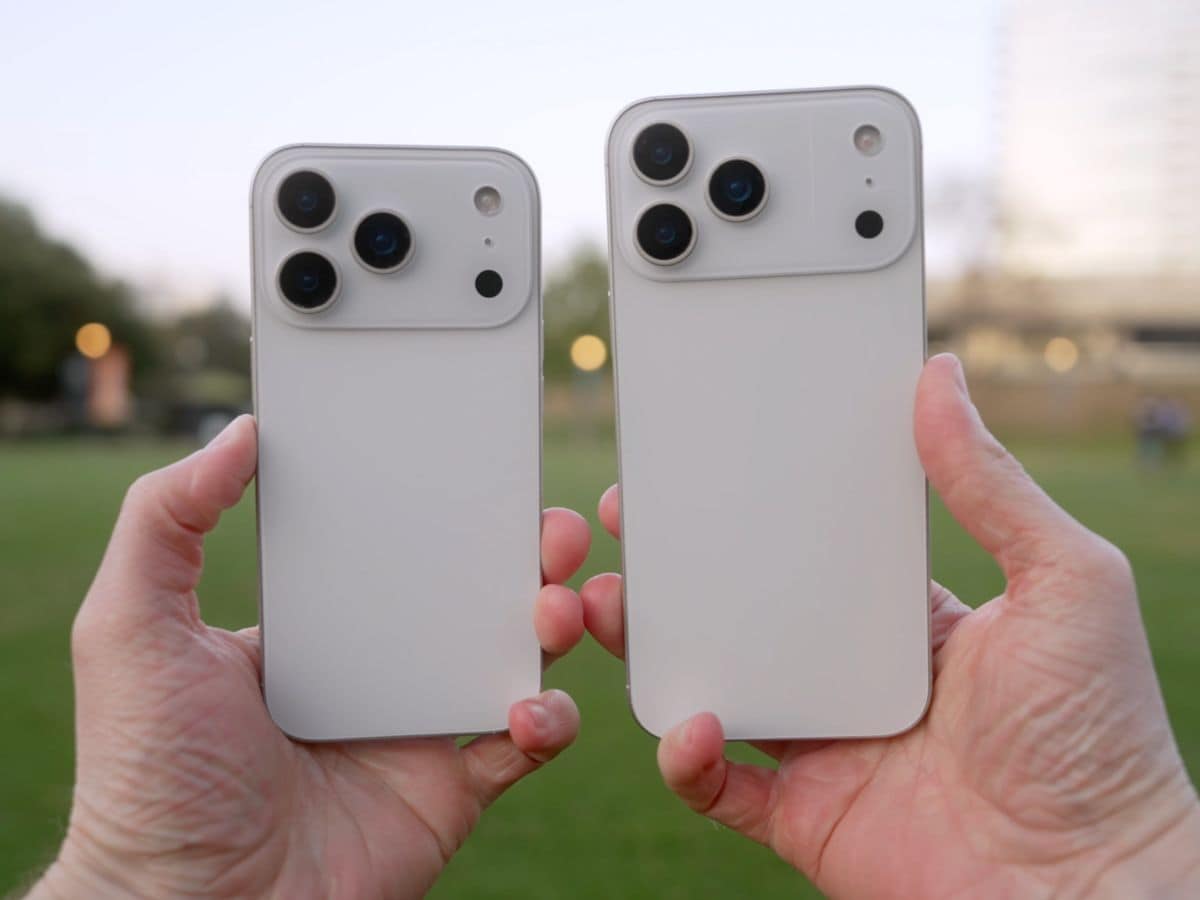Press note. While artificial intelligence redefines processes, automates decisions and promises unprecedented efficiencies, a crucial question still does not address in many organizations: how do we guarantee that this technology does not sacrifice the human on its way to the efficient? Stratesys warns about the risks of implanting union strategic design from the beginning. The company indicates that the key to success is not technical, but existential: building environments where people not only work with technology, but also live with it without losing agency, understanding or meaning.
Design as a bridge between algorithms and people
For Stratosys, the most common error in digitalization processes is to treat design as a superficial element, relegated to the final phases of a project, when in reality it must be the invisible architecture that guides each decision from the beginning. José A. Montenegro, Head of Design in the company, explains it clearly: “Designing is not decorating, it is anticipating friction, translating complexities, preserving the autonomy of people into increasingly automated systems. When design is late, technology becomes a black box that excludes and disconnects”.
In a hospital where an AI system decides which patient to attend first, or in a bank where a loan is denied without any explanation, it is not failing only in the code. It is failing the way of conceiving interaction between people and systems. Technology works, but people are out of the process. That is the great paradox: in the search for mathematical precision, the sensitivity that gives meaning to decisions is lost.
Efficiency should not imply dehumanization
The growing automation of workflows, selection processes or commercial decisions is eliminating margins for intuition, empathy or ethical judgment. Dimensions that cannot be captured in any datasetbut that are essential in complex, ambiguous or emotionally delicate scenarios.
For Stratosys, the real challenge is not whether companies can adopt AI, but how they design their integration so that it complements – and not supplant – human intelligence. The systems must be transparent, auditable, understandable. They must include intervention points where people can exercise criteria, dissent or redirect an automated decision. Only in this way is an active and sustainable adoption achieved
In this way, Zahira Tomasi, Creative Director & Head of Boost in Stratosys, says: “Creativity, abstract understanding, empathy and design in favor of social and corporate realities is the leitmotiv that must accompany any technological or resolved project with AI, which seeks to be really effective and relevant”.
Inhabited innovation: the new technological paradigm
The Stratosys approach proposes that each organization that starts its path to automation should ask a deep question: are we designing systems to work better, or for people to live better with them?
It is not just operational efficiency or short -term profitability. It is about building sustainable futures in which technology amplifies the best of human talent. In that sense, the design ceases to be a phase of the project and becomes a transverse attitude. From the definition of workflows to the user experience, from algorithmic governance to internal communication.
Innovation ceases to be a technical product and becomes a habitable experience. An experience that recognizes the emotional complexity of work, the diversity of contexts and the importance of people feeling part of the systems they use.











